Balloon Dilation of the Eustachian Tube (BDET)
Problems with the eustachian tube can cause ear pain and difficulty hearing and understanding sound. This is why we offer innovative treatment for these issues through eustachian tube dilation.
Not everyone with eustachian tube problems will need the dilation procedure. Sometimes antihistamines and nasal sprays can resolve the problems. Even “ear tubes” can help equalize pressure in the middle ear and help fluid drain.
But when these efforts are not successful—or only provide temporary relief—it may be time for a balloon dilation of the eustachian tube (BDET).
The eustachian tube is a narrow tube that connects your middle ear to the back of your nose, and it opens when you swallow or chew or yawn. Its purpose is to equalize pressure in addition to providing ventilation and drainage for your middle ear.
When the eustachian tube isn’t functioning properly, this is typically referred to as eustachian tube dysfunction. If left untreated, it could continue to cause hearing problems and even damage the tiny structures within your inner ear.
What Are the Symptoms of Eustachian Tube Dysfunction?
Following are signs that you may have some extent of eustachian tube dysfunction:
- A full feeling in your ear
- Problems hearing
- Ear pain, which can be mild to moderate
- Muffling sounds
- Tinnitus, a ringing in your ears
At Raleigh Capitol ENT, we’ve implemented the latest state-of-the-art procedure to treat eustachian tube dysfunction and help restore your hearing. This procedure is called balloon dilation of the eustachian tube (BDET). [link to the blog on this topic. ]
What Is Balloon Dilation of the Eustachian Tube (BDET)?
During this procedure, where we use the FDA-approved Aera system, a small balloon is gently inserted through the nose into the eustachian tube. The balloon is slowly inflated. As a result, a pathway is opened to restore eustachian tube functioning. The balloon is then deflated and removed.
The procedure is not painful, though you may experience some discomfort. It may be performed under either local or general anesthesia, which is decided on a case-by-case basis. If you have general anesthesia, you should not drive for two days after the procedure.
While the results vary depending upon your individual situation and the extent of the problem, some studies indicate that patients are still experiencing benefits two years after the procedure.
Does Insurance Cover Balloon Dilation of the Eustachian Tube BDET?
There is a lot of variation among insurance policies about what is and what is not covered. Our surgery scheduling and billing departments will help you to determine and understand what will and will not be covered before any procedure is performed.
Raleigh Capitol ENT: Offering the Balloon Dilation of the Eustachian Tube (BDET) Procedure
At Raleigh Capitol ENT, we’re always implementing the latest medical innovations to help you live a healthier life. Through utilizing the revolutionary Aera system to dilate the eustachian tube, we have successfully treated those who have had extensive hearing and ear issues related to eustachian tube dysfunction.
Do you have any of the symptoms of eustachian tube dysfunction listed above? If so, we encourage you to contact us so we can treat the problem before it progresses. Scheduling an appointment is quick and easy. Simply contact us today to get started.
